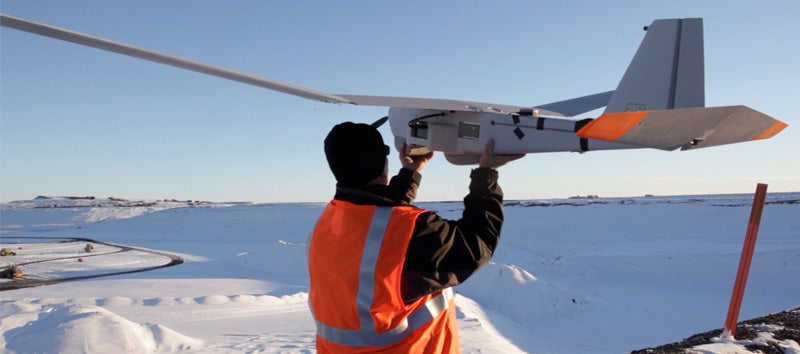Coast Guard Uses Drones To Find Icebreakers In Antarctica
Unmanned and unfrozen

Few places on Earth are as inhospitable as Antarctica. Perhaps the bottom of the sea, or inside a lava lake, but of all the places that people can technically survive, Antarctica’s pretty rough. Sustaining the research at McMurdo station is a civilian-headed effort with military components. Multiple American services and the Coast Guard work together to run Operation Deep Freeze, a recurring resupply mission. This year, to scout for their icebreakers, the Coast Guard brought along drones.
According to drone maker AeroVironment, this year’s resupply mission, which left from Tasmania on December 30, 2015 and reached McMurdo Station on January 18, 2016, was the first ever to feature drones helping the Coast Guard in the Ross Sea. There, they navigated romance subplots with Rachel scouted the icy waters of the relatively hospitable (for Antarctica) but still pretty bad route to the station. Using drones instead of other aircraft means at minimum there are no lives at risk if something goes wrong.
The team used the hand-tossed Puma AE drone, which weighs 13.5 pounds and can fly for over 210 minutes, at a range of just over 9 miles. It streams video, including in infrared, and AeroVironment boasts that it’s “capable of landing on the ground or in fresh or salt water.” So even if it does get lost at sea, there’s a good chance it can be recovered.
That’s almost as impressive as the icebreakers themselves, massive ships made to turn stubborn frozen waterways into clear paths. Read more about a Norwegian icebreaker here.
